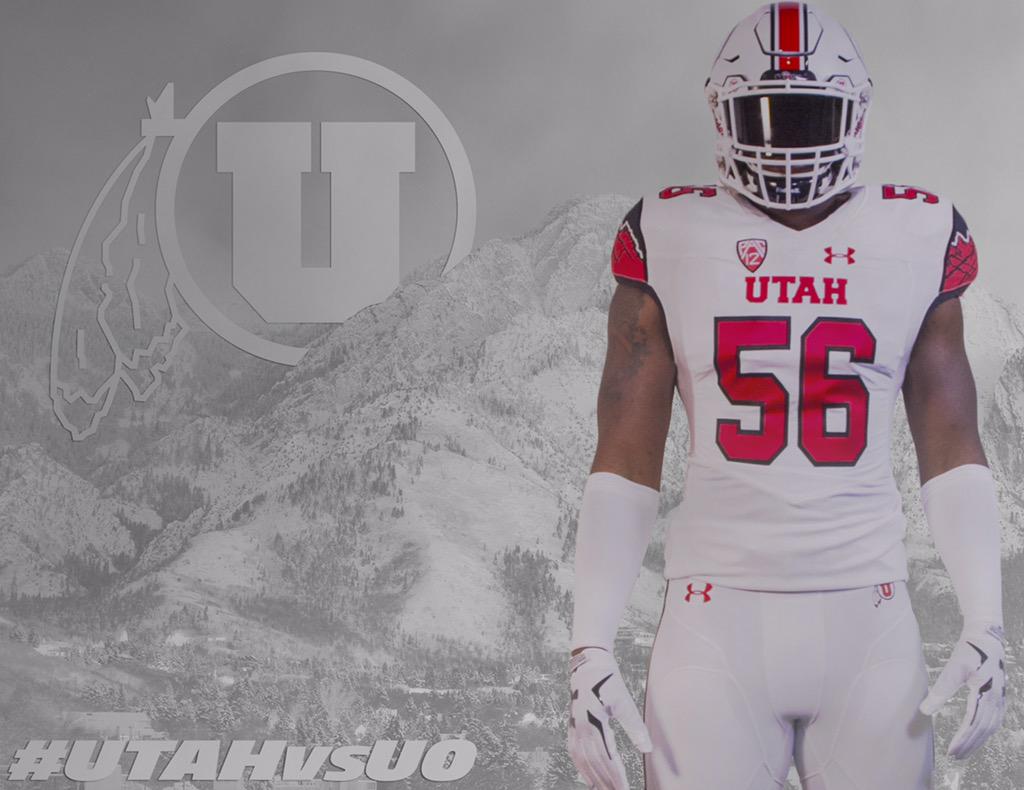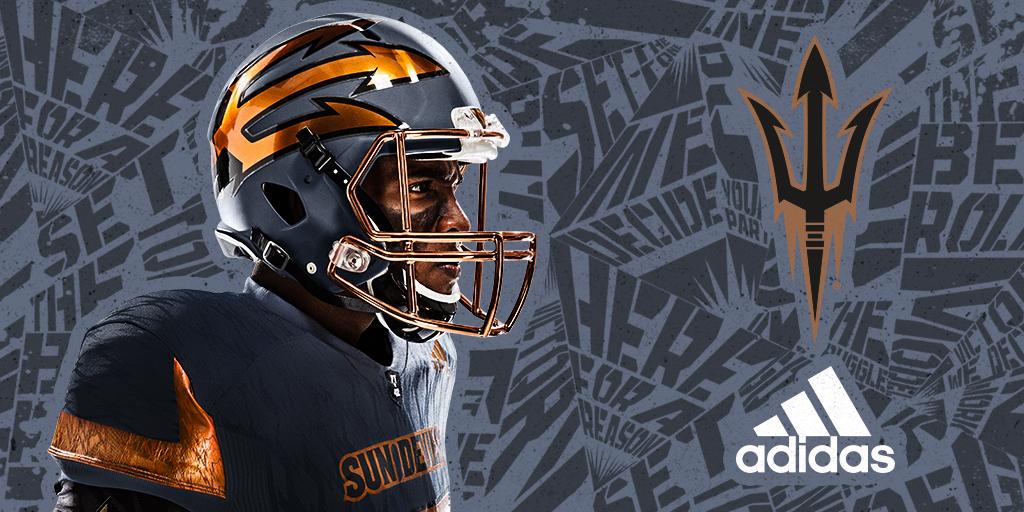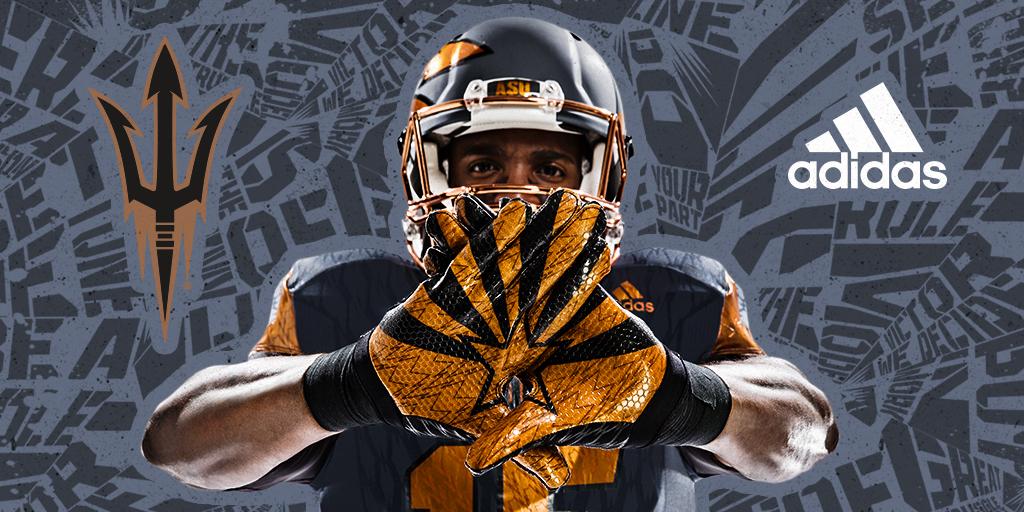SerenityBuff
Well-Known Member
Utah going with the all whites this weekend at Oregon.






Wait. I thought RG was opening up the lots early because that's our theme for the Oregon game."Be the Hammer" set for the UCLA game.
ASU gonna get smacked
Wait. I thought RG was opening up the lots early because that's our theme for the Oregon game.

I thought it was Howard.Sacajawea as a duck is not wise.
I still say we're missing the boat without a Flatirons helmet:I laughed. In fact I laughed in a way that I don't normally laugh when it comes to Oregon uniforms.

The boat we're missing without that helmet is not a boat we want to be on anyway.I still say we're missing the boat without a Flatirons helmet:

Sacajawea as a duck is not wise.
Oregon's new Lewis & Clark/Oregon history uniforms are a trip, even by Oregon's standards.

They're reviewed here in detail:
http://www.uni-watch.com/
I feel like I should know this already, but can someone explain to me exactly how the uniform thing works in terms of who foots the cost?
You always hear it, but with all the new uniform combinations, I'm hearing the whole 'they keep raising tuition so the football team can have fancy uniforms' rigamarole more often. Obviously that's not the case, but do we pay for all this stuff, does Nike, or do we split the costs?
That's what I thought.
I have to wonder though - what's in it for Nike? I mean, is it all just the visibility, or do they expect to recoup the costs via sales of apparel?
I could see some schools' fanbases easily buying $200 million of gear in 10 years, but sadly I don't think CU's one of them.
YepAh - makes sense.
BTW - does Under Armour still do Maryland's stuff? Because they make Oregon look classy.

Ah - makes sense.
BTW - does Under Armour still do Maryland's stuff? Because they make Oregon look classy.
I have seen a couple of Oregon sets this year that looked like somebody was eating green highlighter pens and then threw up on the screen.
Its a good look for ASU.
However, I hate what they have done with Tillman's legacy.
Tragedy is a marketer's wet dream.
Its a good look for ASU.
However, I hate what they have done with Tillman's legacy.
